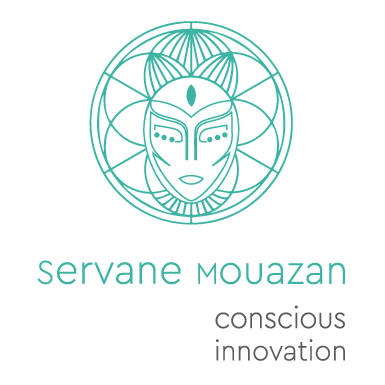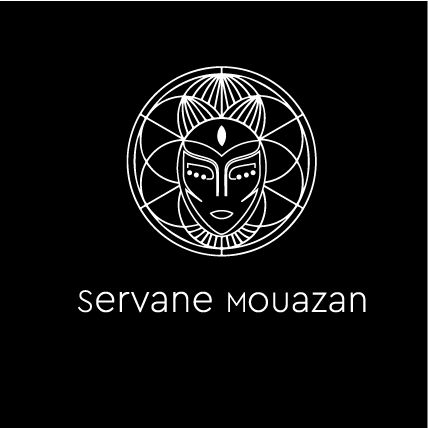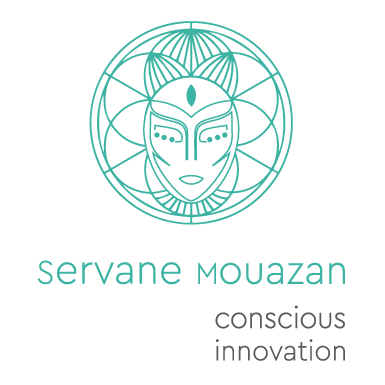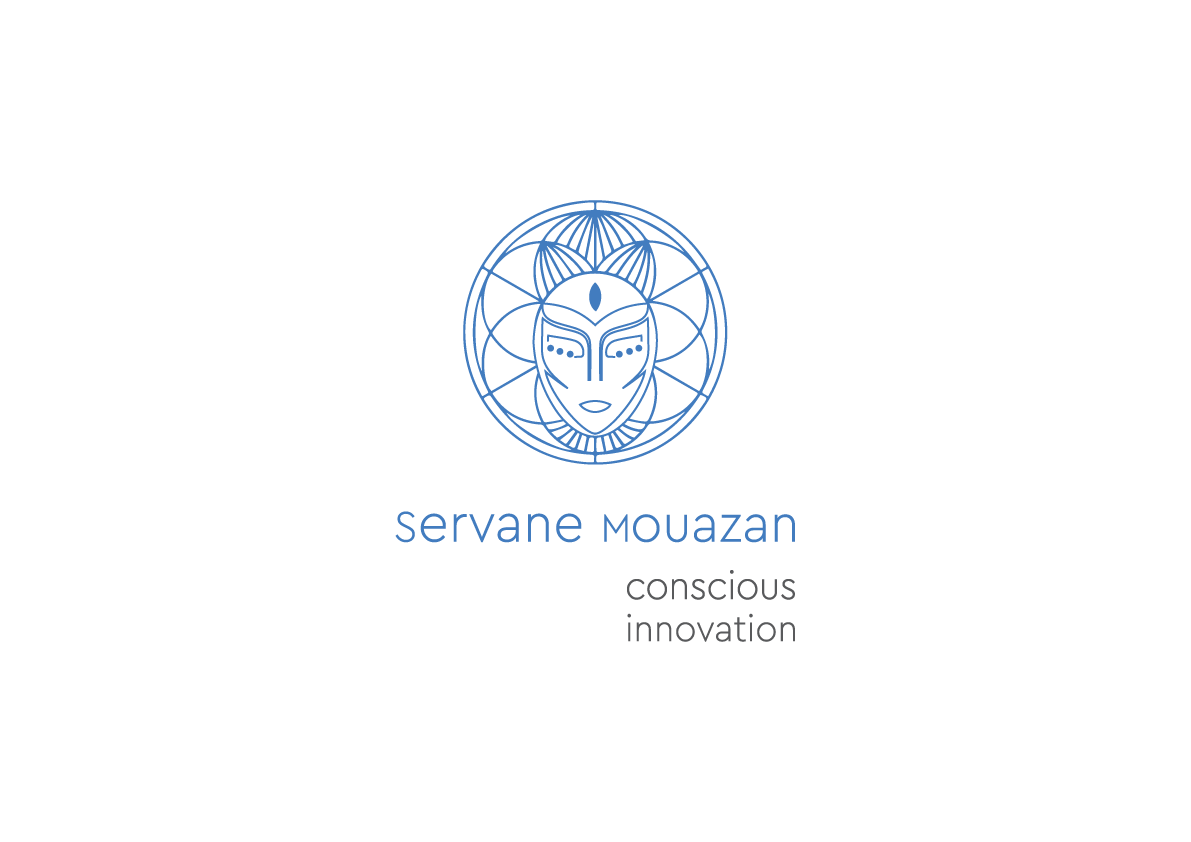Do you feel Superpowerful or Powerless about the future?
We don’t know much about what the future holds for us.
But some scenarios are more exciting than others…
Or are they?
What if your team doesn’t share your enthusiasm, your sense of urgency or your sense of agency?
What if you can’t convey your own concerns?
There are a few ways to test your personal attitude on a particular topic as it might unfold in the future, and understand how to bring people along who might have different beliefs and feelings.
When the Thinking environment meets Futures-Thinking
In my work, I create Thinking Environments for people who love to invest in social change. I work with individuals or teams at the design stage, before a big change, big strategy or pivot. Together, we re-imagine, define and articulate foundations, values, and next steps, according to their context. People also have the opportunity to dream and share freely about the various futures ahead.
As an alumnus of the Institute For The Future, I also love exchanging thoughts about foresight, creating games, and asking questions that help us envisage various futures and importantly, start acting now.
Press Pause
But what I love even more is that at the core of this foresight work, beyond signals, trends, patterns, skills and knowledge, is the necessity to pause, listen to each other, and examine our mental models (assumptions, beliefs and thoughts), that can make or break our ability to move forward.
Here’s a way you can thoughtfully engage your team.
A. Invite your team to share a piece of news or information that stood out for them. Something unusual or a signal of change that made you say, “Aha! That’s new. That’s weird. I haven’t seen that before.” Something that makes you want to find out more.
B. Take the time to discuss this information in thinking pairs. for 5 min each. The first thinker reflects on their piece of news and the listener supports their thinking without commenting, judging, interrupting or replying at all. Then swap roles
C. When you’re done, summarise the concept: it’s about “the future of X”, and make a succinct, specific headline out of it.
D. Regroup and ask your team to vote for one particular headline.
Ask your team to share how they feel about this future:
Draw an X-axis:
Select how you feel on a scale of 1 to 10.
1, you feel the situation is getting worse and 10 it’s getting totally better!
Then draw a Y-axis:
When you think about the same headline, on a scale of 1 to 10, how much power do YOU personally have, in order to influence that future, and help decide whether it gets better or worse?
1, you feel you have no power, 10 you feel super powerful.
Each member finds a position at the intersection of x/y.
They land either in 1,2,3, or 4. Like in this illustration:

- It’s a future I care about where things are getting better, but I feel I have no power or agency to accelerate it
- It’s a future where things are getting worse, and I don’t feel I have any personal power to make it better
- It’s a future where things are getting better, and I believe I can play a significant part in making things move faster in the right direction
- It’s a future where things are getting worse, but I have a sense I could intervene and contribute to making some changes,
Be a thinking environment for yourself and others
It is unlikely you will all feel the same about that particular future, and to avoid a wall of resistance from people who feel different, especially if you want to build a project.
Therefore you should be ready to create a thinking environment, where people are free to explain where they’re at and why. It’s a moment that should be free of judgment and interruption. No one owns someone else’s feelings or perceptions.
In my seminars, I use the thinking environment to create a boundaried space, free of judgment, power pressure, and loud individuals!
Creating a calm and warm environment, helps generates empathy, understanding, new perspectives and bond.
Once you have a majority standing in one of the four sections, proceed to a group exercise/game, using the headline that the group voted for.
Make sure to maintain a sense of equality among participants, and respect timed interventions, to avoid disengagement. (I can help you with this… 😉

I share below a few exercises in the relevant categories. There are plenty more to source from the Institute For The Future arsenal.
Situation 1 – The situation is getting better but I feel I have no power
Use forecasting skills to “see” hard-to-imaging futures before they happen. Through this storytelling approach, you will look at possibilities that others might never see coming or refuse to accept.
Forecasting Game: Using a signal you’ve noticed recently, invite your team to answer the following questions, using the present tense.
• Who might benefit from this future? Who will lose out? Primarily and indirectly?
• What type of world would you move away from and what other type of world would you move toward, if that signal were to become normality?
• What would you worry about as an individual in this world? How would a person in your network, your community, your family, experience this world? What would you worry about as a company, a public institution, a group of people, or a local/central government?
• What could go possibly wrong, and for whom?
• What emotions do people feel more in this future?
• If there is no choice in such a future, what do people start to do to adapt or cope?
• Who could exploit and cheat this future?
• What would the resistance do to make this world better?
Situation 2 – The situation is getting worse and I feel I have no power
When you feel you have no agency, simulation skills allow you to immerse yourself in a particular scenario. Take a return ticket to this place, look around, check your assumptions, and “feel” the future before it happens. Suspend judgment and reflect:
- Could it possibly be a future you want?
- What type of person would you have to become if this was real?
- What kind of physical or emotional reactions is surfacing for you now?
- Imagine you wake up in this scenario, what do you do to succeed, or to make even a bit of a difference, in this new story?
Simulation Game: Find 100 ways something can be different
This is a powerful way to “unstick” your mind and think more creatively about any topic:
• Pick the headline and list 100 things that are generally true about it today. Give yourself a time limit. Go!
• When you’re done, pick one of the “true statements”, and describe an alternative. For example, if you said “Most charities compete for grants”, say “Most grant providers compete to donate to a charity”…
• When you’re done with the list, discuss your findings with the team.
• Imagine these new “truths” are reel, be specific, how do they work in practice, how does the world adapt and manage?
• What has made these new truths turn real?
• How is the world different as a result of these changes?
Situation 3: The situation is getting better and I am feeling superpowerful
It’s fab to be positive. However, when this happens, our enthusiasm generates blind spots. You can easily overlook someone else’s perspective.
It’s important to keep seeing the world from other people’s points of view (as much as it is possible) and how others might be affected. And because you will never be that other person, press pause and listen to others.
This exercise will help you develop empathy and not get too carried away, at the risk of leaving people on the wayside, with unpleasant consequences.
Emotion Game: 4 future feelings
Studies have shown that surfacing 4 distinct emotions helps us imagine the future more vividly.
•What might happen in this future of X scenario that would make me feel joyful?
• What might happen in this scenario that would make me feel anxious?
• What might happen in this scenario that would make me feel angry?
• What might happen in this scenario that would make me feel strongly grateful to someone else?
Situation 4 – The situation is getting worse and I am feeling superpowerful
This stage is best used after you’ve established a scenario, visualised a scene or imagine an artefact of this particular future. You are using this approach to materialise and ground a sense of optimism in the group.
Action Game: one-degree increase
• On a scale of 1-8, what is your current feeling about this particular future? 1 being is very worried (“I don’t want to wake up in this future!”), and 8, I am very excited (“I can’t wait for this future to happen, when do we start?”)
• Whatever number your group members share, start a timed conversation about how to increase it by +1.
• What action could you take, what words could you express, what connection would you seek, or what work could you do, today, to increase your optimism about the future you’ve been looking at?
• Alternatively, what would make you at least +1 less worried and more hopeful about this future?
When you’ve collected all the reactions, build an action roadmap.
Organising the action from the most plausible and immediately actionable now, to the ones that might take a bit more thinking or engineering.
This gives each member a sense of agency, making their [referred future more likely and they might find opportunities for collaboration.
Not an exam, not a debate
Remember that the exercises above will gain in value and impact if everybody has equal time to share; if information, feelings and perceptions and even assumptions are acknowledged. This is not an exam.
You don’t have to agree, comment or debate, this is not the point.
Promote encouragement, and appreciation, and celebrate differences.
Let me know how you get on and contact me if you would like me to facilitate a session with your group combining Futures Thinking and The Thinking Environment ™.





You must be logged in to post a comment.